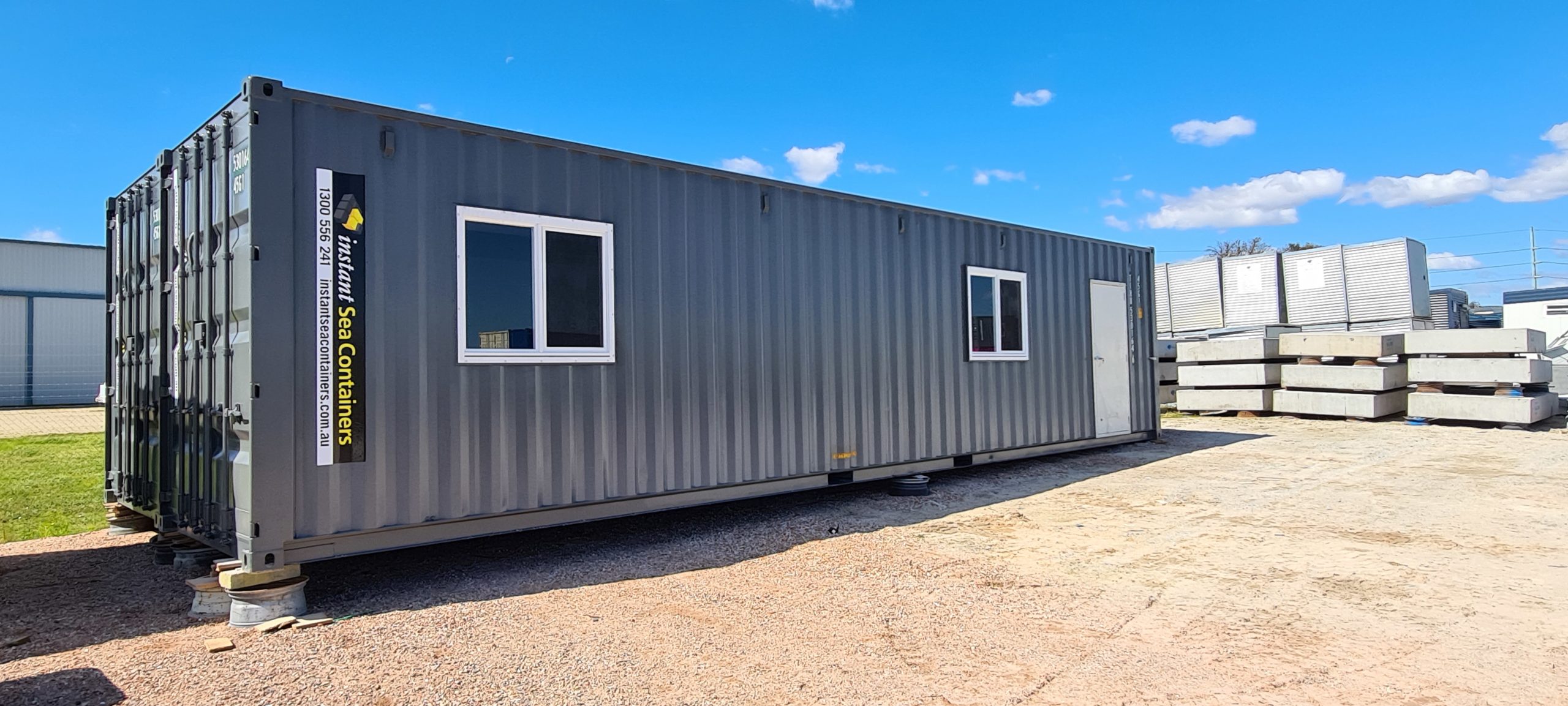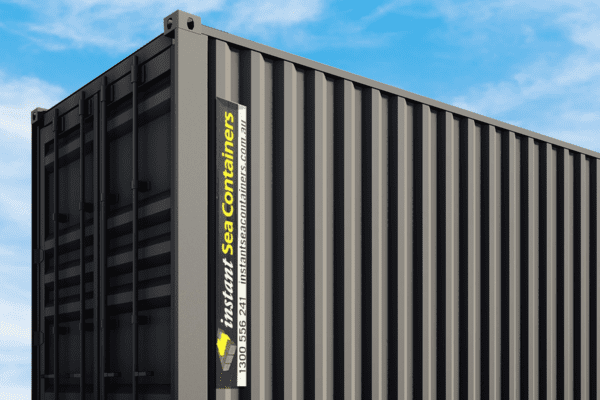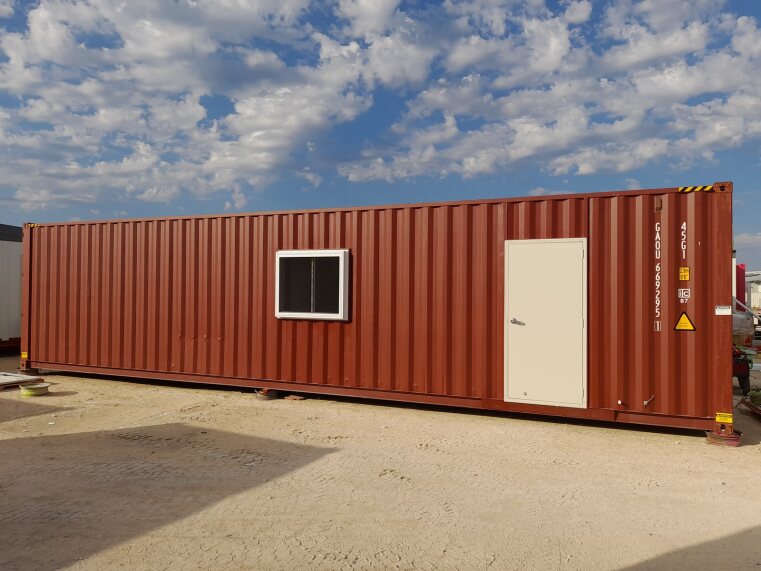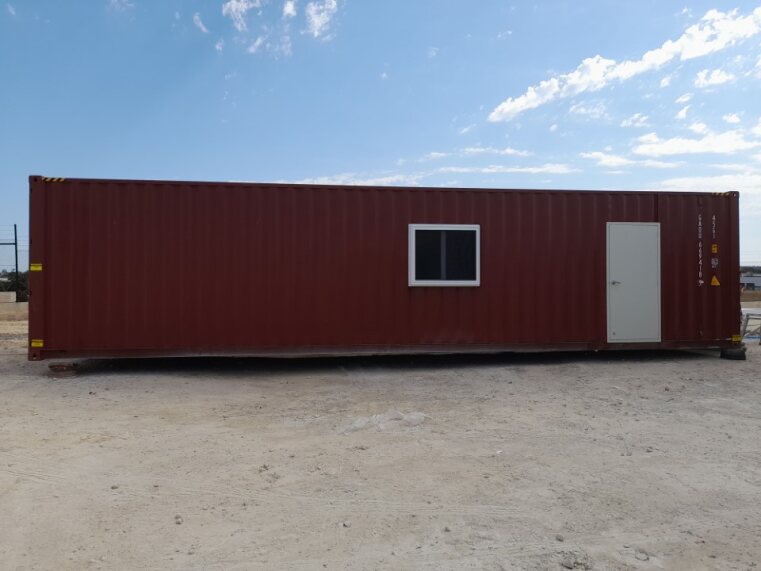Diving headfirst into the world of dangerous goods container requirements can be akin to navigating a maze. It’s complex, detailed, and incredibly significant considering the risks associated with improper storage or transportation. This labyrinth of regulations isn’t just a legal necessity, but a critical component of operational efficiency and safety.
Table of Contents
- The Cost-Effective Way to Make Your Business Compliant
- Understanding Dangerous Goods Classes
- The Role of the Australian Government and Its Requirements
- The Impact of Non-Compliance with Australian Hazardous Goods Regulations
- Dangerous Goods Containers: More than Just Storage Solutions
- Choosing the Right Containers: Meeting Australian Standards
- Adapting to the Future: Evolving Dangerous Goods and Their Storage Needs
- The Importance of Safety First
Adherence to dangerous goods storage requirements isn’t merely about following rules—it’s about cultivating a culture of safety. These crucial regulations shield us from potential disasters due to improper handling of hazardous materials, saving lives, the environment, and our businesses.
Let’s explore the dangerous goods standards and the most cost-effective storage solution, so your business can comply with the Australian government requirements.
The Cost-Effective Way to Make Your Business Compliant
When it comes to complying with dangerous goods requirements, businesses often face a choice: is it better to build custom storage solutions or to invest in purpose-built dangerous goods storage containers? In this discussion, dangerous goods storage containers emerge as the clear winner for a wide range of reasons.
Built for Purpose
Dangerous goods shipping containers are designed and built specifically for the purpose of transporting and storing hazardous materials. This means they are inherently aligned with the rigorous Australian standards. They are robust, featuring secure locking mechanisms, appropriate ventilation systems, and material resistance, eliminating the need for custom modifications or adaptations.
Long-Term Durability
These shipping containers are constructed to withstand the harsh conditions of sea travel, which means they’re resilient to extreme weather conditions, corrosion, and physical impacts. This durability makes them a long-term investment, offering reliable storage for dangerous goods over many years and reducing the need for frequent replacements.
Versatility and Scalability
Dangerous goods shipping containers come in a variety of sizes like side opening shipping container, making them a versatile solution that can adapt to your specific needs. As your business grows and your dangerous goods storage needs evolve, it’s easier to add more containers to your inventory, making them a scalable solution.
Resale Value
In the unlikely event that you no longer need your dangerous goods shipping container, they retain a decent resale value. This is not typically the case with custom-built storage structures, which may have a limited market due to their specific design features.
Understanding Dangerous Goods Classes


‘Dangerous goods’ includes a wide range of materials, each possessing its unique set of risks and safety requirements. The United Nations has established a system that classifies dangerous goods into nine classes, and this system is adopted and often slightly modified for Australian practice. Let’s dive into these classifications, and see how shipping containers can address each concern:
Class 1 Dangerous Goods: Explosives
Firstly, we have Class 1 – explosives. These are substances that can detonate under certain conditions. The shipping containers for these goods require a design that can safely contain an accidental detonation, demonstrating the extent of the engineering behind their construction.
Class 2 Dangerous Goods: Gases
Moving to Class 2, we encounter gases. These can be flammable, non-flammable/non-toxic, or toxic gases, typically stored under pressure. The containers for these goods need to withstand pressure and protect the gas from ignition sources.
Class 3 Dangerous Goods: Flammable Liquids
As already discussed, Class 3 consists of flammable liquids. Picture a shipping container filled with these goods. It’s tightly sealed to prevent leaks, equipped with a lockable stainless steel valve for secure access, and designed to disperse any harmful vapours safely.
Class 4 Dangerous Goods: Flammable Solids
Then, we have Class 4 dangerous goods, the flammable solids. The containers for these goods are akin to firefighters—designed to restrict the spread of fire. Here, security is paramount, requiring a lockable system, with material resistant to these substances.
Class 5 Dangerous Goods: Oxidizing Substances and Organic Peroxides
Class 5 dangerous goods include oxidising agents and organic peroxides, substances that can react dangerously with other materials. The containers for these substances are designed to avoid contact with flammable or combustible substances, ensuring a layer of safety.
Class 6 Dangerous Goods: Toxic and Infectious Substances
Moving on to Class 6, we meet dangerous goods that include toxic and infectious substances. Their container needs to be robust and well-sealed, ensuring no leaks or spills compromise safety.
Class 7 Dangerous Goods: Radioactive Material
Class 7 encompasses radioactive materials, substances that can emit harmful radiation. Their shipping containers require special materials and design considerations that shield radiation and protect handlers from exposure.
Class 8 Dangerous Goods: Corrosives
Corrosives make up Class 8, and they are substances that can cause severe damage to living tissue, other materials, or the environment upon contact. Their containers are corrosion-resistant and robust to withstand any accidental damage.
Class 9 Dangerous Goods: Miscellaneous Dangerous Goods
Lastly, Class 9 consists of various dangerous goods that don’t fall under the other categories but present a significant risk during transportation. The storage requirements for these substances vary based on their specific nature.
Each of these classes requires different container specifications and handling procedures. Following the regulatory requirements for each class of dangerous goods is essential for safety and compliance. It’s also worth noting that many of these classes have further subdivisions based on the precise nature and risk of the substances.
By understanding these classes and their specific needs, businesses can ensure that their operations align with safety regulations, reducing the risk of accidents and maintaining compliance with Australian standards.
The Role of the Australian Government and Its Requirements
The Australian Government plays the role of headmaster, issuing stringent Australian hazardous goods regulations. These regulations aren’t whims—they’re designed to minimise risk, safeguard public health, and protect the environment. It’s the government’s way of ensuring dangerous goods aren’t just tossed into any old box, but handled appropriately and responsibly.
The Impact of Non-Compliance with Australian Hazardous Goods Regulations
Non-compliance with these regulations can have severe consequences. Imagine the repercussions of storing organic peroxides, a type of oxidising agent, incorrectly. The result could be an explosive reaction, endangering employees, disrupting operations, and costing the business a fortune in legal penalties. Compliance isn’t just about avoiding fines—it’s about preventing disaster scenarios.
Dangerous Goods Containers: More than Just Storage Solutions
Dangerous goods containers are protective shields—designed to guard against the hazards that dangerous goods can present. Whether it’s a corrosive substance, a flammable liquid, or a toxic substance, each type requires a different container adhering to specific Australian standards. By investing in the highest quality dangerous goods containers, a business can prioritise safety and abide by these standards.
Choosing the Right Containers: Meeting Australian Standards
Choosing the right containers for your dangerous goods is a critical aspect of compliance. It’s about making sure that every container is up to the task—not just about containing dangerous goods. This commitment to safety and quality aligns with meeting Australian government requirements.
Adapting to the Future: Evolving Dangerous Goods and Their Storage Needs
As businesses evolve, so does the range of dangerous goods they handle. It’s essential to continually revisit storage strategies, whether dealing with organic peroxides, flammable liquids, toxic substances, or miscellaneous dangerous goods. Stay updated with any changes to the Australian Government’s requirements and adjust your operations accordingly. Remember, safety and compliance aren’t one-off tasks—they require an ongoing commitment.
The Importance of Safety First
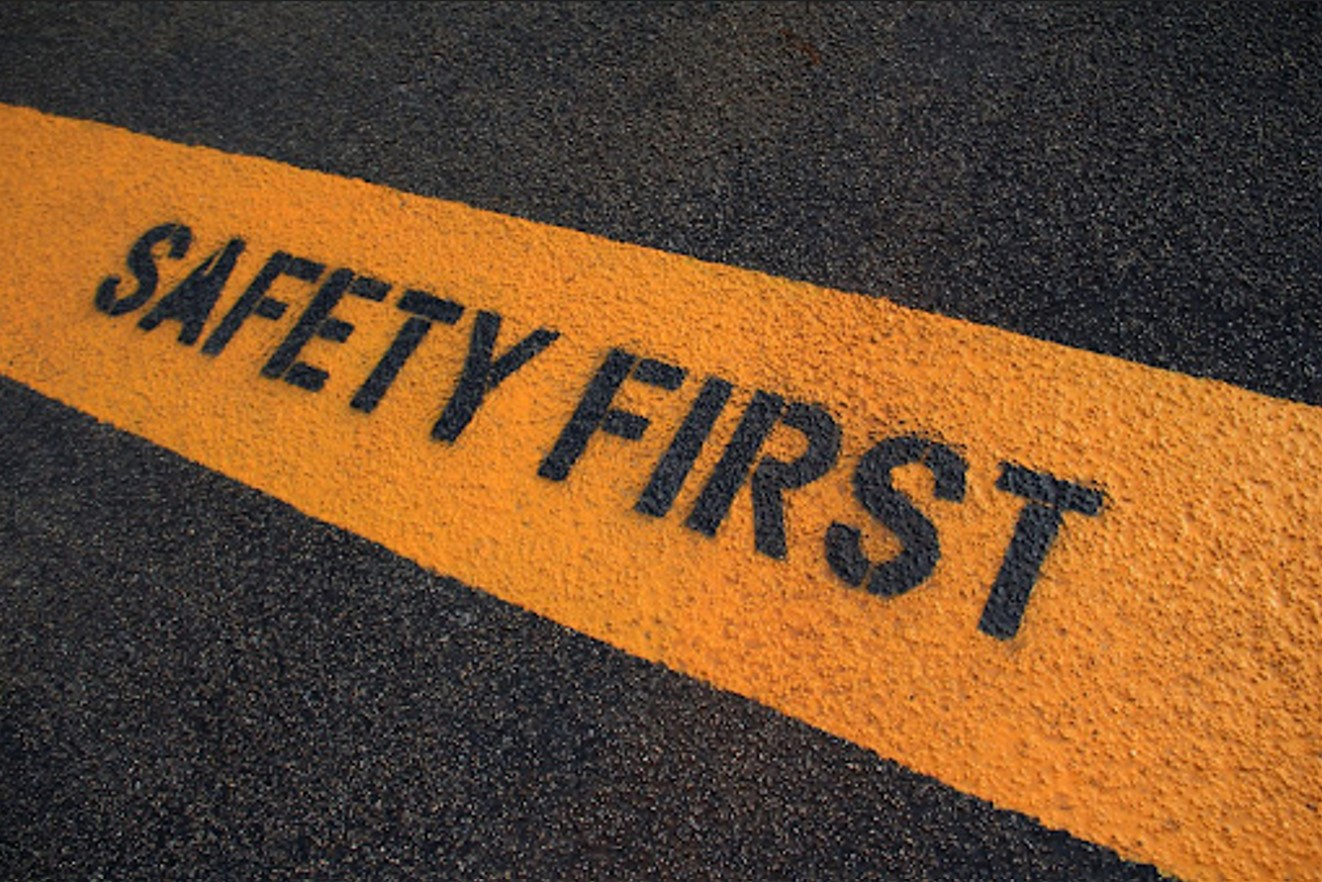

Understanding dangerous goods container requirements is vital to regulatory compliance and creating a safe and secure operational environment. It’s not just about preventing accidents or avoiding legal penalties—it’s about safeguarding assets: employees, operations, and reputation.
No matter how big or small your next project is, make sure it’s compliant with all Australian government requirements for hazardous storage. Leverage our 20 years of technology and experience in portable building solutions, and allow us to guide you through the process. View our range of dangerous goods shipping containers today.
For businesses in Perth looking for sea container for sale Perth, Instant Sea Containers offers a range of dangerous goods containers designed to meet Australian government requirements. Located at 18 Rogers Way, Landsdale WA 6065, we specialize in providing sea container sales in Perth, ensuring your hazardous materials are stored safely and efficiently. Contact us at 08 9415 0720 or reach our 24/7 customer support at 1300 464 214 to find the perfect sea container for sale in Perth for your dangerous goods storage needs.
Frequently Asked Questions
What are dangerous goods containers?
Dangerous goods containers are specialized shipping containers designed for the safe transportation and storage of hazardous materials. They are built to comply with rigorous Australian standards, featuring secure locking mechanisms, appropriate ventilation systems, and resistance to corrosive materials.
Why are dangerous goods containers necessary?
These containers are essential for preventing accidents and ensuring safety when handling hazardous materials. They protect against leaks, spills, and contamination, safeguarding both people and the environment from potential harm.
What types of dangerous goods can be stored in these containers?
Dangerous goods containers can store a wide range of hazardous materials classified under the United Nations system, including explosives, gases, flammable liquids, toxic substances, and radioactive materials, each requiring specific container specifications for safe storage.
How do dangerous goods containers contribute to sustainability?
By repurposing shipping containers for dangerous goods storage, businesses can reduce their environmental impact. These containers minimize the need for new construction materials, lower carbon emissions, and can be recycled at the end of their lifecycle, contributing to a more sustainable construction process.
What should businesses consider when choosing a dangerous goods container?
Businesses should ensure the container meets Australian standards for the specific class of dangerous goods they intend to store. Considerations include the container’s design, ventilation, resistance to materials, and security features to prevent unauthorised access.


Managing Director at Instant Sea Containers
Scott Rawson is the Managing Director of the Instant Products Group, a specialist group of companies that offer portable building solutions, including sea containers, transportable offices, and portable sanitation products.
